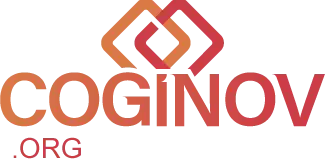
Document Management System DMS by COGINOV
Also known as EDM — Electronic Document Management, EDRMS — Electronic Document and Records Management System and IDM — Integrated Document Management.
DMS Document Management System Solutions

QoreAudit
Get a 360° view of your information assets and take complete control with QoreAudit.
QoreCapture
Scan, sort, and save in seconds with QoreCapture
QoreUltima
Find, link, and trust your data with QoreUltima.

Qore Products From Chaos to Control: Intelligent Document Management

Integrated Document (IDM) Overview
IDM is a core element in modern information management strategies. It handles documents throughout their lifecycle, from creation to secure archiving. At Coginov, IDM is delivered through solutions like QoreCapture for intelligent document capture and QoreUltima for semantic data management. Together, these platforms operate as a document management system dms that boosts efficiency, ensures compliance, and supports integrating document management systems with Microsoft 365 (SharePoint, Teams, OneDrive) for seamless workflow adoption.

Core Functionalities of IDM
Coginov’s solutions combine advanced technology with usability. A document management system (DMS) sits at the heart, with QoreUltima enabling multilingual and enterprise-scale deployments. Electronic Document Management (EDM) is powered by QoreCapture, which uses advanced scanning and Optical Character Recognition (OCR) to turn paper documents into searchable, editable digital files. This document management system dms foundation improves control, speed, and accuracy.
Long-term archiving is built into QoreUltima, allowing structured metadata and classification for rapid retrieval. Information organisation is enhanced by AI-driven categorisation and semantic search—capabilities that simplify integrating document management systems across existing business apps. As part of a broader document management system dms, these features reduce risk and make everyday work easier.

Integration with Artificial Intelligence (AI) & Automation
Coginov strengthens IDM with AI and automation. QoreCapture provides automated document processing, capturing, classifying, and routing files with minimal manual effort. Machine Learning (ML) in QoreUltima powers semantic analysis, predictive classification, and data mapping to improve accuracy and decision-making. These capabilities turn the platform into a proactive document management system dms that learns and adapts.
Business Process Automation (BPA) streamlines repetitive, document-heavy tasks. QoreAudit automates compliance workflows, while QoreUltima optimises accounts payable through intelligent routing and validation—especially valuable when integrating document management systems with Microsoft 365 via Power Automate and Azure services. The result is a document management system dms that saves time and cuts errors.

Role in Information Governance and Compliance
Effective IDM supports strong information governance. QoreAudit manages compliance reporting, with tools for personal data inventories and privacy impact assessments. In the United States, these capabilities help organizations align with federal requirements such as HIPAA, GLBA, FERPA, COPPA, and FCRA, supporting demonstrable compliance. A secure document management system dms is essential for consistent, auditable controls.
QoreMail adds secure, compliant email management, ensuring correspondence meets retention and privacy rules. Together, these products deliver governance that is proactive, auditable, and scalable, and they simplify integrating document management systems with enterprise security and Microsoft compliance controls. This approach keeps your document management system dms aligned with evolving standards.

Context within Core Solutions & Offerings
In Coginov’s ecosystem, IDM forms part of a larger “système intégré de gestion”. QoreUltima acts as a central hub for information management, while QoreCapture handles ingestion at the front end. Both connect smoothly with other enterprise systems, including integrating document management systems with Microsoft tools like SharePoint, Teams, and Power Automate. This integration makes the document management system dms practical for daily work.
Advanced data mapping and digital mapping let organisations visualise and optimise information flows—delivering not just storage, but actionable intelligence from documents.

Conclusion
Coginov’s IDM solutions—powered by QoreCapture, QoreUltima, QoreAudit, and QoreMail—combine AI, automation, and compliance in a way that is easy to adopt and scale. By integrating document management systems with Microsoft platforms, organisations manage documents efficiently while aligning with U.S. federal privacy laws such as HIPAA, GLBA, FERPA, COPPA, and FCRA. In short, the suite delivers a flexible, enterprise-ready document management system dms.
QoreAI Solution Cost Savings Calculator
Discover your potential ROI in under 30 seconds
Your Potential Savings with Coginov
Transform the Way You Manage Information
See how QoreCapture, QoreUltima, and QoreAudit streamline your workflow, ensure compliance, and integrate seamlessly with Microsoft and other tools. Book your live demo today and experience the power of Coginov.
Talk to a Solutions Expert
QoreAI Team DMS Related Articles
Coginov Qore Use Case Integrated Document Management (IDM)
Use Case: Integrated Document Management (IDM) with Coginov Solutions Organisations across industries face growing challenges in managing the volume, variety, and velocity of documents and data. This use case illustrates how Coginov’s Integrated Document Management (IDM) suite — powered by...
Read Qore IDM Use Case
Document Management System (DMS) FAQ
1. What is a Document Management System (DMS)?
Document Management System (DMS) software controls documents from creation to archiving and manages both paper and digital files. A DMS focuses on Electronic Document Management (EDM) so teams can store, share, and retrieve documents securely. In many organisations, a DMS also links with other systems, such as email archives and workflow tools, to create a single source of truth for all information.
2. What are the primary features of a DMS?
DMS platforms handle the full life cycle of documents. They digitise paper files, store them for years, and keep them well-organised with folders and tags. Many include tools for capturing documents directly from email or cloud services. They also classify files automatically based on content, which saves staff time. All information is stored in a searchable format so it can be located quickly, even across large archives.
3. How does a DMS support document digitisation?
A DMS uses scanners and imaging tools to create digital copies of paper documents. Optical Character Recognition (OCR) then turns these images into text you can search and edit. This process is key for reducing paper storage costs and making information easier to share. Many systems also support batch scanning to convert hundreds of pages at once. Advanced setups can capture documents directly from mobile devices in the field.
4. How do AI and Automation enhance a DMS?
AI and automation help a DMS work faster and with fewer mistakes. Automated Document Processing can read, sort, and send documents to the right place without manual steps. Intelligent Capture extracts names, dates, and amounts from files. Business Process Automation (BPA) can trigger workflows, such as approvals or alerts, when a document is received. Machine Learning (ML) improves over time, learning to recognise patterns in how your organisation handles information.
5. How does a DMS ensure compliance with U.S. federal privacy laws?
A DMS helps meet U.S. federal requirements by enforcing strict rules for document storage and access. It can track every time a file is opened or changed, creating a clear audit trail. Personal data inventories and data maps show exactly where sensitive information is kept. Access controls ensure only authorised staff can see it. These measures support demonstrable compliance with laws such as HIPAA, GLBA, FERPA, COPPA, and FCRA, as well as similar regulations worldwide.
6. What is Information Governance in the context of a DMS?
Information Governance means setting rules for how documents are created, stored, and shared. In a DMS, this includes making sure every file is tagged correctly, stored in the right location, and deleted when it's no longer needed. It also covers retention schedules and version control. By following these rules, organisations can meet legal requirements and make sure employees are working with the latest, most accurate information.
7. How does a DMS manage "Information Assets"?
Information assets are valuable data and records your organisation owns. A DMS manages them by classifying and securing each asset. Context is key — the system links documents to related projects, clients, or transactions. This makes it easier to understand the purpose and value of each file. Some DMS solutions also score the importance of assets, helping you prioritise backups and security for critical records.
8. What are the key benefits of implementing a DMS?
A DMS improves efficiency by automating manual tasks, such as file naming and storage. It enhances compliance by applying consistent security rules across all documents. Search features reduce the time spent hunting for information. Risk is lower because files are backed up, tracked, and protected. Many organisations also see better collaboration, as employees can work on documents together in real time from different locations.
9. What technologies are typically integrated into DMS solutions?
A DMS often includes Document Management System software, OCR for reading text in images, Machine Learning for analysis, and Intelligent Capture tools for data extraction. Scanning devices, mobile apps, and cloud connectors allow documents to be added from anywhere. BPA platforms connect a DMS to other business systems, such as finance or HR software, to automate cross-department workflows.
10. How does a DMS fit into broader Integrated Information & Collection Management Solutions?
A DMS is a core part of a wider information management strategy. Collection Management Systems (CMS) handle artefacts and physical items, while a DMS deals with the related paperwork — acquisition forms, contracts, and reports. Linking the two creates a full view of both the item and its history. This integration ensures that teams have complete, accurate records, whether they are managing a museum, a legal archive, or a corporate knowledge base.
